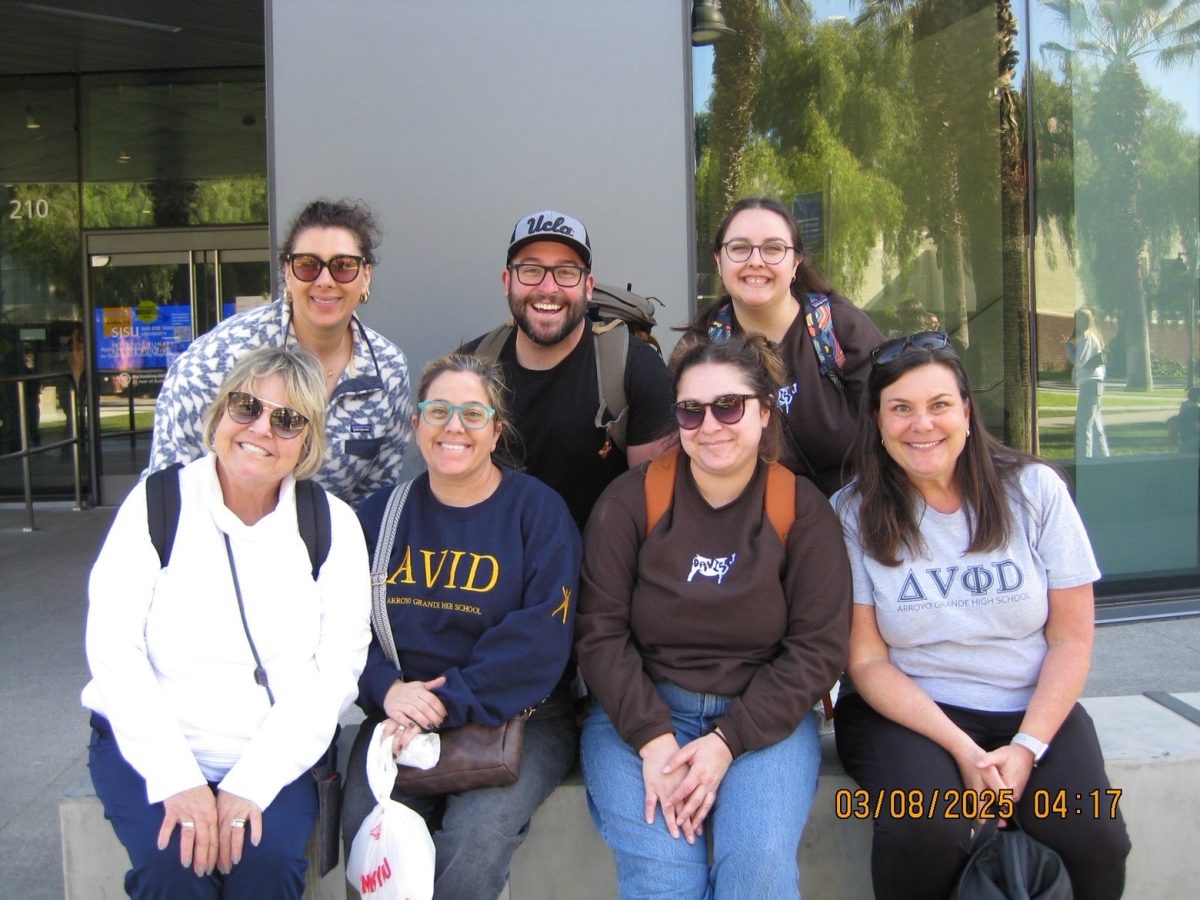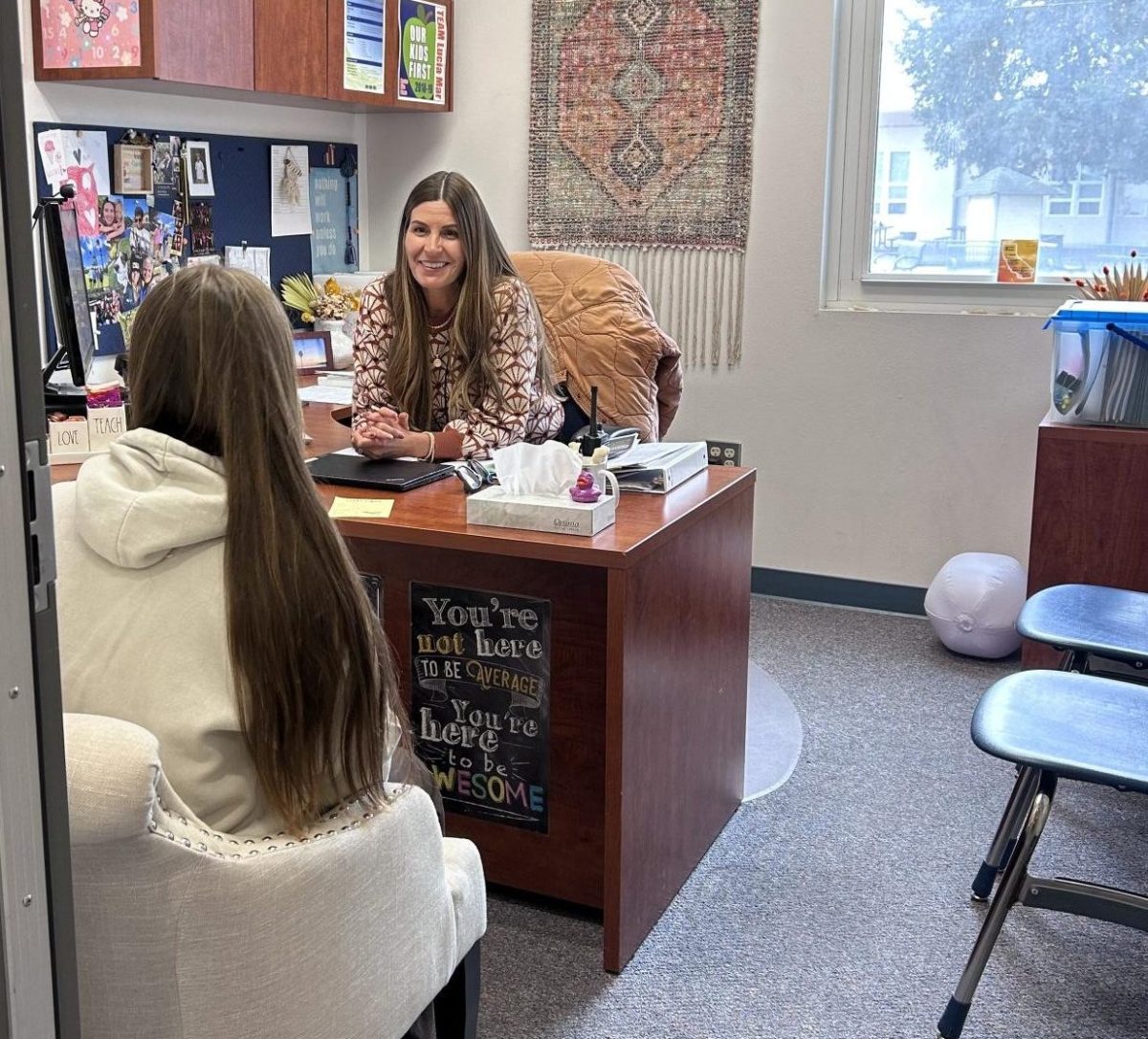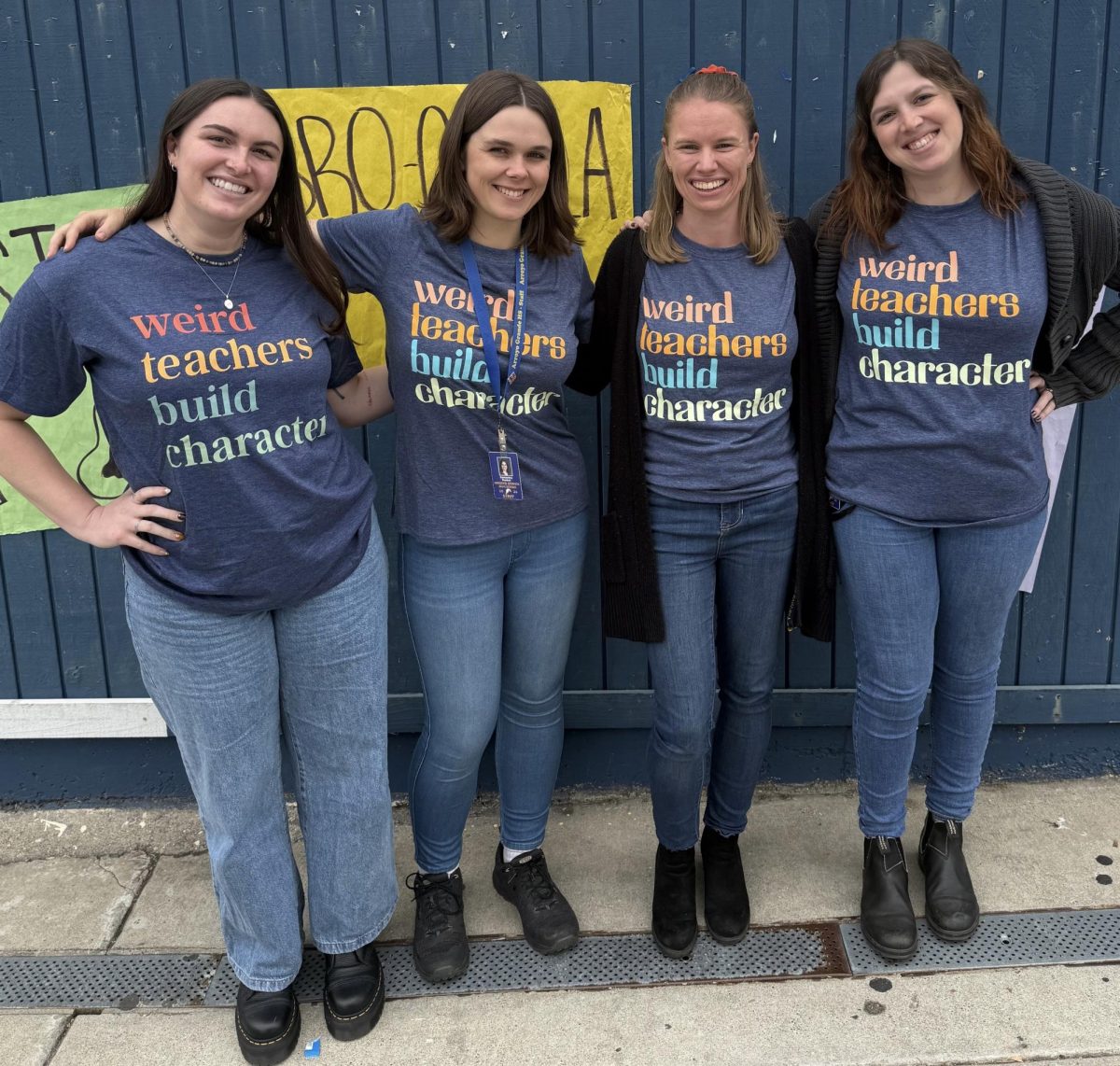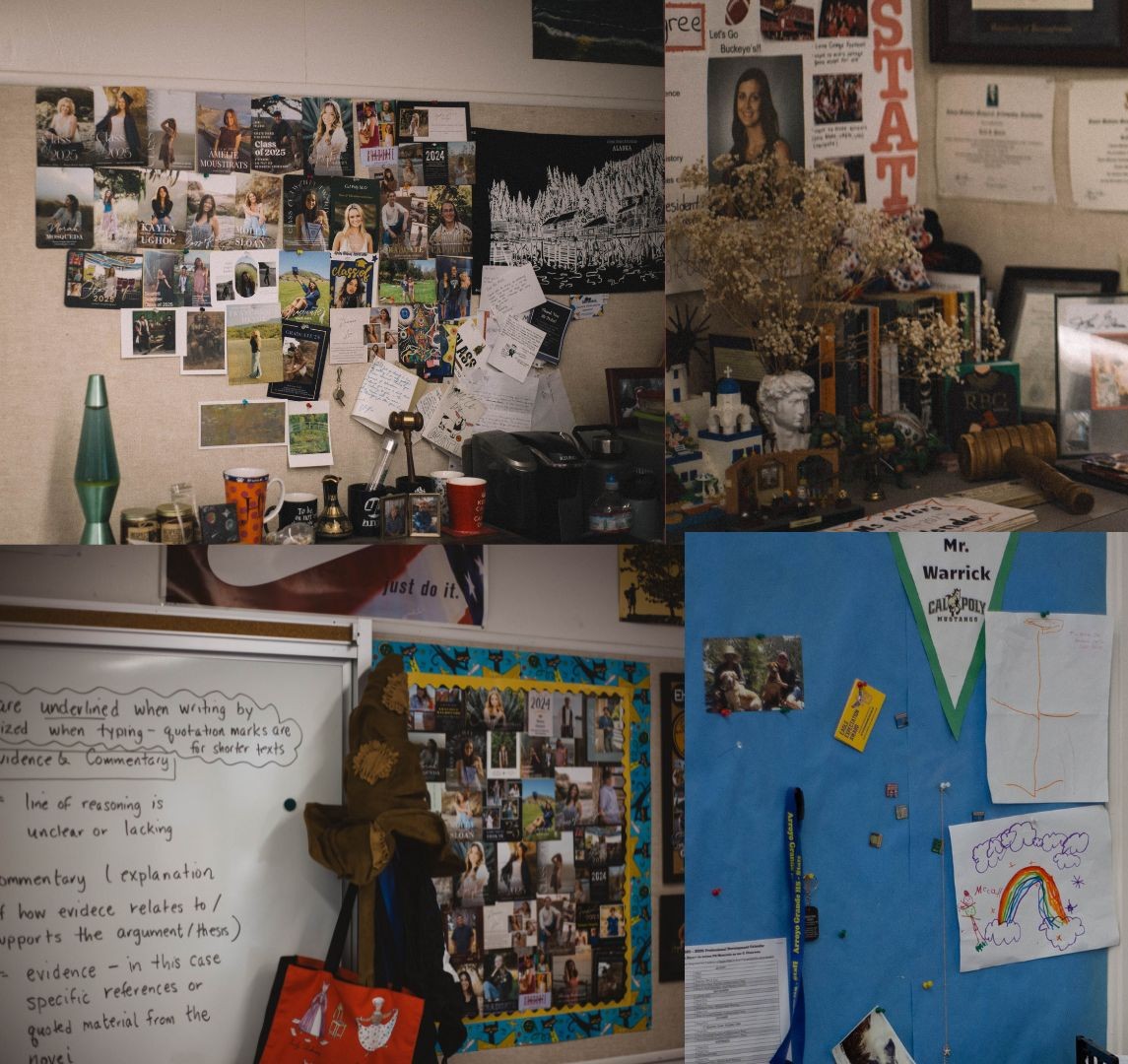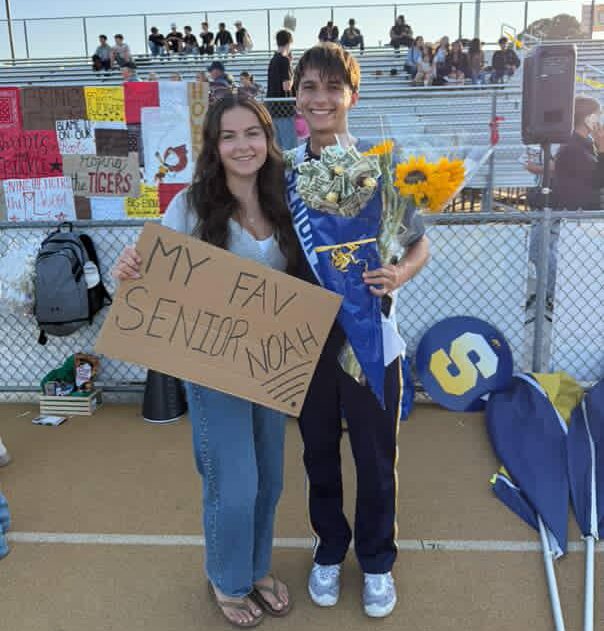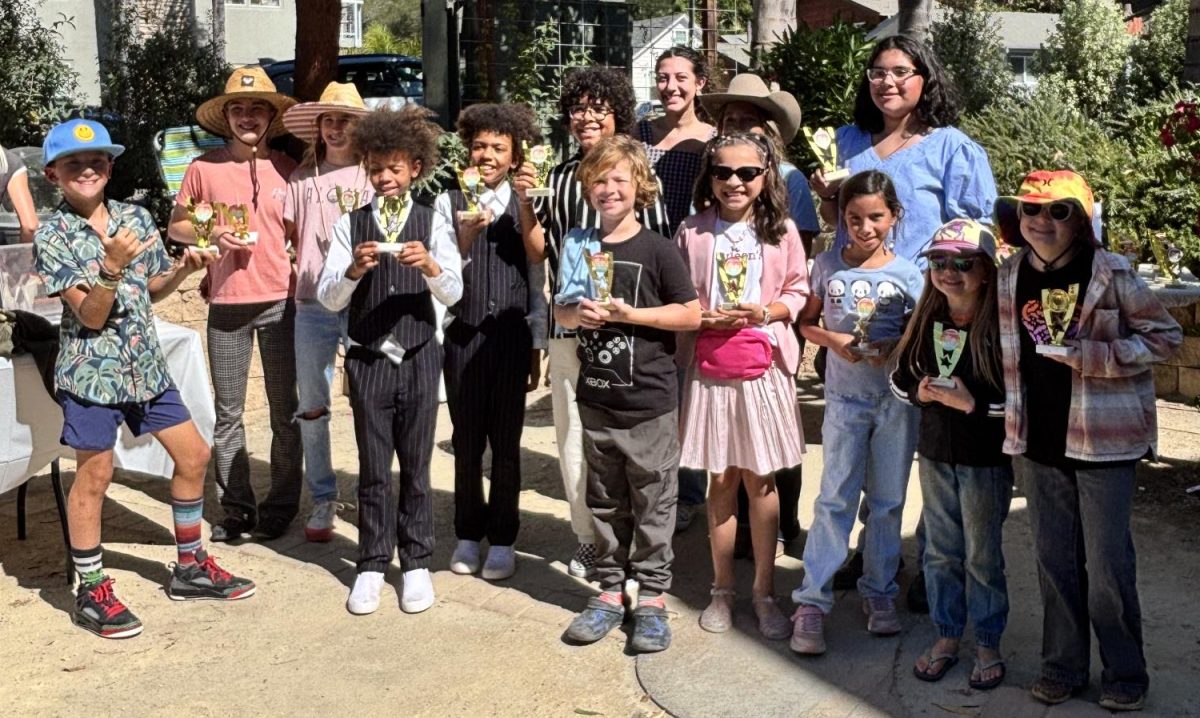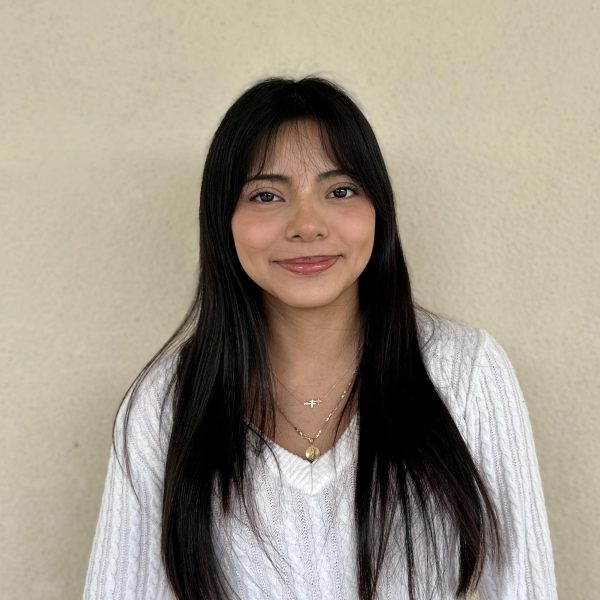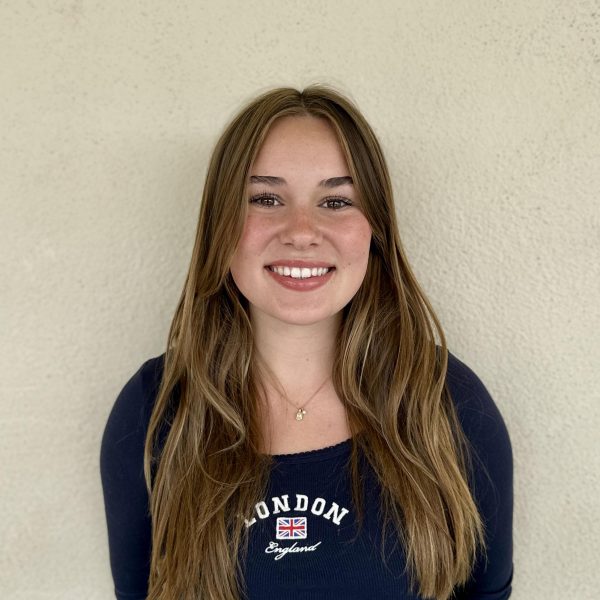The AVID program at AGHS is known to many but little information about its purpose has been shared. Advancement Via Individual Determination (AVID) is a nationwide program. It has been implemented in thousands of schools starting in 7th grade and continuing into 12th grade with the goal of helping students prepare for college readiness and success.
At AGHS the AVID program is led by Morgan Conrad,the school’s coordinator and teacher for AVID 11-12th grade. The teachers of the program are Julissa Andrade (9th), Mike Greenlee (9th), and Brad Osborne (10th). The counselors are Cristel Penton (9th), Alyssa LaBrado (10th), Joanna Onato-Molina (11th), and Yusdivia Mosqueda (12th).
AVID is an elective program that is meant to support students who aspire to go to college and have no prior family that have attended, making them a first generation college student.
The program guides students towards the steps to be successful, whether it’s how to get into college or how to survive and thrive. As an elective program students must choose to take the class, which shows initiative to control their futures. For many students, they choose to enroll in the class because they want more for themselves and know how hard their families have worked to get them where they are.
The foundation of AVID is academic guidance to ensure all necessary classes are taken and passed in order to be eligible for four year universities, as well as to help ensure students are taking the classes that align with the profession they want to pursue.
Aside from academic support, students receive personal support. At AGHS, AVID is essentially a community and a safe place for students to open up about personal issues and situations and feel supported in every aspect.
AVID students come from different social groups; athletes, FFA, theatre, and leadership, to name a few. The program strives to not only make leaders in class but for students to take the skills that are learned and expand them beyond school borders.
“It’s encouraged for students to try out for link crew, leadership, AIM, student government,” Mosqueda said. Taking opportunities like these allow students to build their leadership skills in different fields with the tools and support given by their teacher and counselors.
Within the AVID program, they have a student council that gives students from each grade the opportunity to campaign and run for leadership positions. Students’ freshman year is when basic building blocks are placed like: how to email and communicate with teachers effectively, time management skills, and how to slowly build the characteristics of a good leader. Sophomore and Junior year are when most students take the academic approach of advanced placement (AP) and dual enrollment courses. AVID teachers and counselors help adjust the course load and level of difficulty depending on students’ needs.
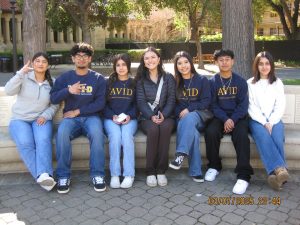
As students senior year approaches, harder classes are recommended, as it looks good on transcripts. Teachers and counselors encourage students to take at least one challenging class to expand their horizon of difficulty in different subjects.
AVID students get first-hand help with their college and scholarship applications. As early as junior year, students start on their personal insight questions to prepare for UC applications and create accounts for future use.
In AVID, counselors are just as important as teachers as they are in constant communication with each other to track students’ progress. They often collaborate if a decline in grade percentages are seen from a student and they work out a plan to help the student succeed. Besides academic work, attending AVID events and fundraisers are ways counselors build personal connections outside of the classroom.
As students progress through their high school years, they are asked why they’re in the AVID program to remind them who it is they joined for. Onato-Molina created an “AVID why” to keep students motivated and develop their purpose of “why” further to encourage them to reach the finish line of a 4-year university.
“[‘AVID Why’ is] just reassuring [students] and keep building that bridge to get them to the other side of actually going to college,” Mosqueda said.
“On average, [for] our senior class, about 60-70% go straight to a 4-year [college] and the other portion that doesn’t go to a 2-year [college],” Conrad said. “ Statistically we want them to go straight to a 4- year [ university] but I know many successful kids that came out of Cuesta [ Community College] and Hancock [Community College] that were able to transfer out.”
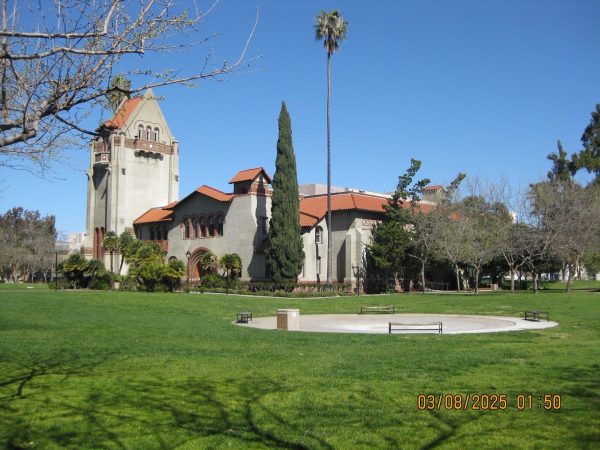
Even when doing the 2-year pathway, students maintain their AVID core values leading them to successfully transfer out. Many students attend Cuesta Community College and Hancock Community College when opting out of the 4-year route.“This program is amazing. The kids that go through it, especially all [of]4-years are incredible and they are the future leaders of tomorrow,” Conrad said. “I am privileged to work with them and I hope AVID is around for a very long time helping change lives for the better.”

